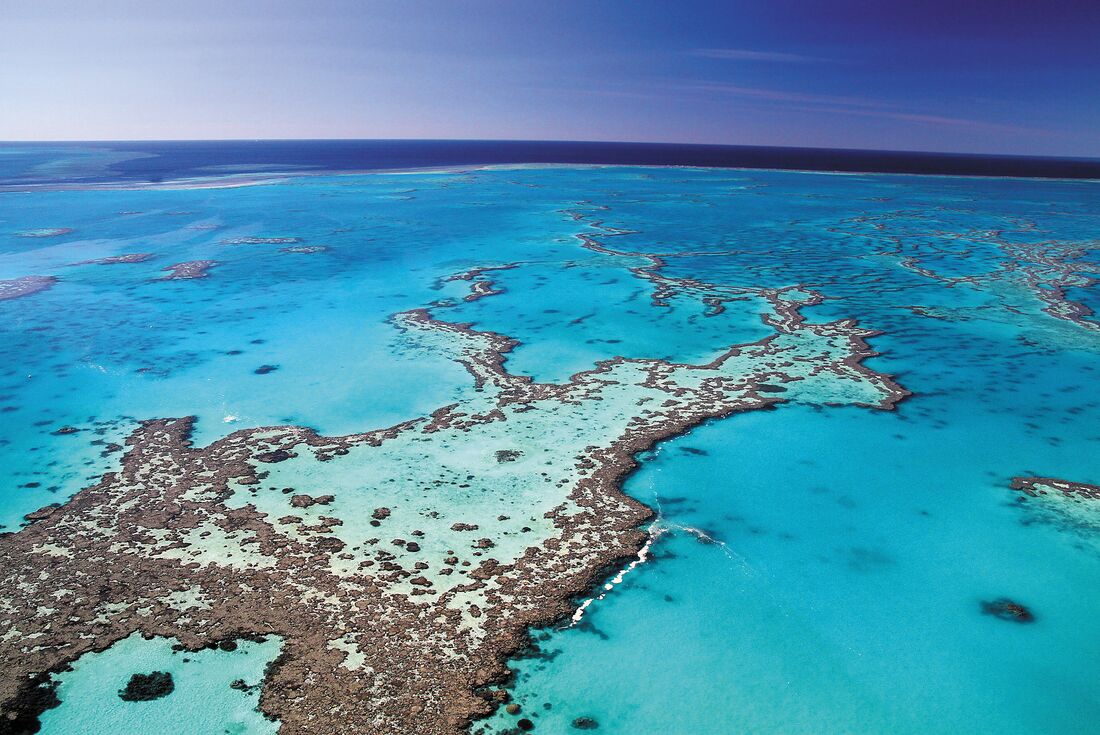The coral of the Great Barrier Reef is the largest living organism that can be seen from space.
 If the temperature of the coral reaches 31 degrees, it is under threat of overheating and dying. To help reduce its temperature, the reef releases a gas into the atmosphere that creates clouds and shade (how cool is that!) but more importantly it helps bring on the wet season.
If the temperature of the coral reaches 31 degrees, it is under threat of overheating and dying. To help reduce its temperature, the reef releases a gas into the atmosphere that creates clouds and shade (how cool is that!) but more importantly it helps bring on the wet season.
 The geography of the rainforest draws this cloud to the mountains and provides rain that feeds its river systems. This process also aids in breaking the rainforest debris into the smallest possible particles. These particles flow into the mangroves where breeding fish/shellfish and organisms are diluting a lot of this matter.
The geography of the rainforest draws this cloud to the mountains and provides rain that feeds its river systems. This process also aids in breaking the rainforest debris into the smallest possible particles. These particles flow into the mangroves where breeding fish/shellfish and organisms are diluting a lot of this matter.
The grass beds on the coast will offer the final filtration system so the reef gets the perfect amount of nutrient-rich water. This cycle promotes growth and survivals which also returns cooler waters to the reef. Amazing stuff.
Snorkel among the coral on the Great Barrier Reef on our 7-day Brisbane to Cairns Northbound trip.
All images by Rae Martens.


